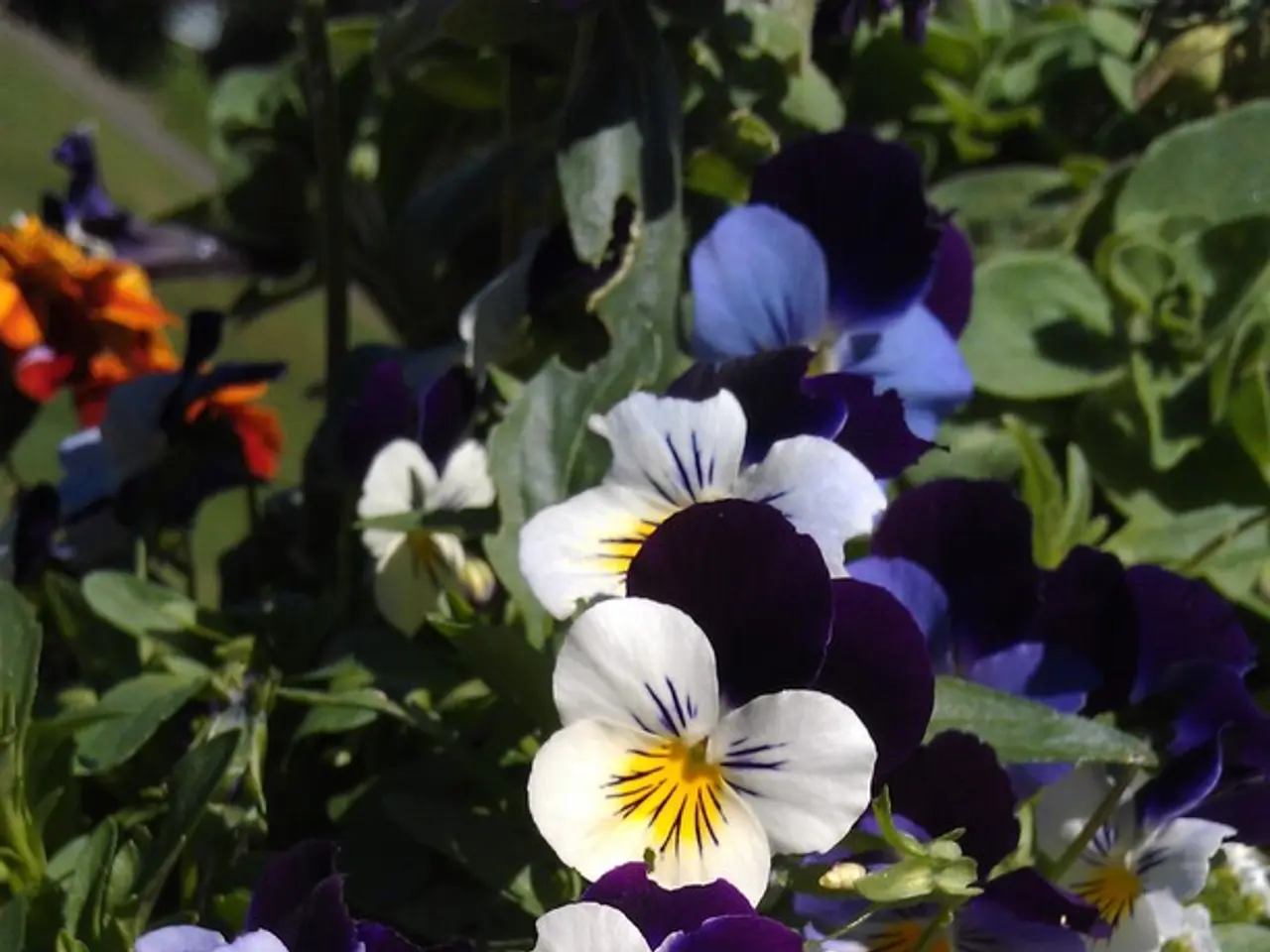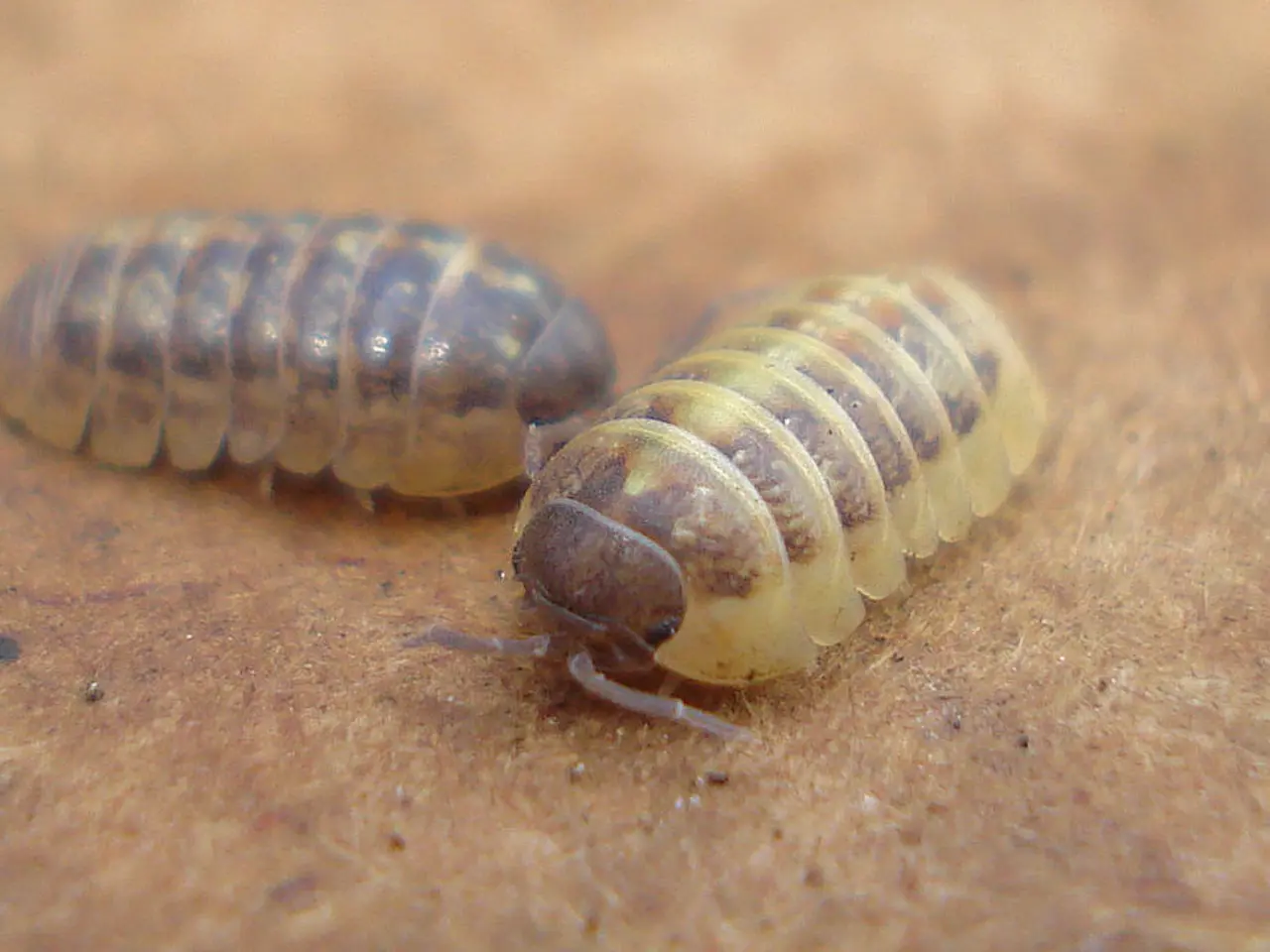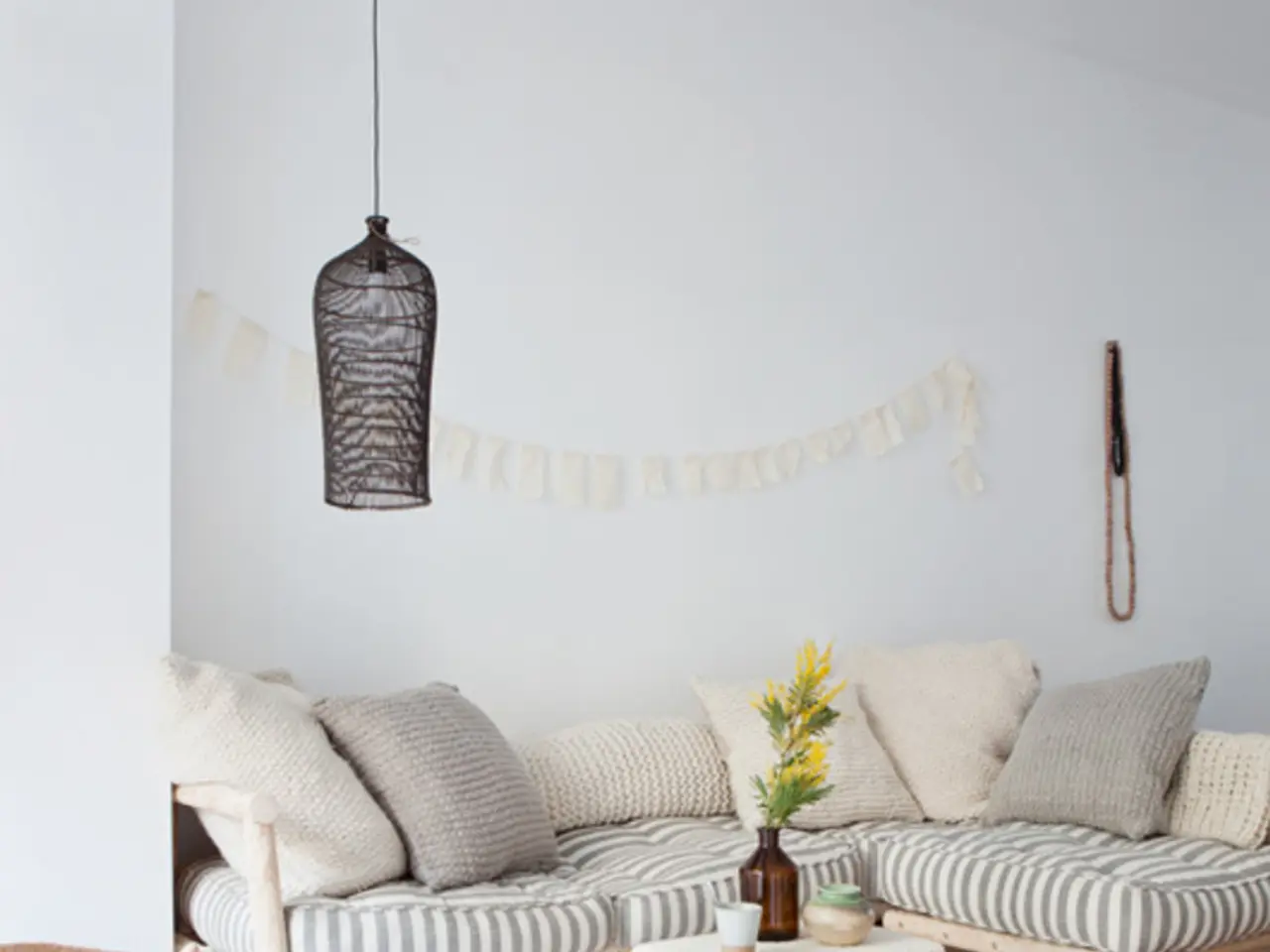Artisanal Lacquer Workshop and Live Demonstration by Craftsman Jun Tashiro
Discover the beauty and cultural significance of Japanese lacquerware and gold leaf in an engaging workshop led by contemporary artisan Jun Tashiro. This pop-sensible approach to traditional craftwork aims to make the art form more accessible to the general public.
Held in Iwate prefecture, known for its Hidehira-nuri ware incorporating striking golden sheets, the workshop allows participants to create a personal work of art using lacquer and gold leaf on a board. All materials, including disposable latex gloves to prevent direct contact with urushiol, will be provided for the 90-minute session.
Participants should be aware of the risk of allergic reactions when signing up for the workshop. Allergic reactions can occur without direct contact with urushiol due to variables such as physical condition and weather. It is essential to note that participation in the workshop is at one's own risk, and the website and its associates will not be liable for damages or injuries.
Jun Tashiro, who often uses kintsugi, or golden joinery, in her craft work, is part of a lineage preserving and evolving the maki-e and related techniques. These crafts, dating back over a millennium, symbolise Japanese aesthetics of beauty, impermanence, and skilled craftsmanship, maintaining relevance in modern and historical contexts.
The combination of lacquer and gold leaf in Japanese traditional crafts represents not only a historical art form but also a living practice. Maki-e involves painting designs with lacquer mixed with pigment, then sprinkling powdered metals—usually gold or silver—onto the still-sticky lacquer before it hardens. This technique was used to decorate various everyday and ceremonial objects, such as boxes, furniture, and tools.
Gold leaf also plays a critical role in related arts, such as the repair and decoration process called kintsugi, which uses lacquer mixed with gold dust to mend broken pottery elegantly, embracing imperfection. The gold leaf in Japanese crafts is made by hammering gold sheets thin between layers of paper and then applied in various forms, including gold thread for textiles like Nishijin-ori brocade, emphasising artisanship and quality.
A drawing etched with a bamboo stylus into the gold leaf will complete the process, resulting in a unique and stunning piece of art. The workshop is open to all ages, with minors requiring adult supervision for certain parts. Registration for the lacquer workshop with artisan Jun Tashiro has closed.
References:
- Japanese Lacquerware
- Kintsugi
- Maki-e
- Nishijin-ori
- The upcoming exhibition in Iwate prefecture, famous for its Hidehira-nuri ware, promises to showcase a blend of tradition and modern lifestyle, featuring works created during Jun Tashiro's lacquer and gold leaf workshop.
- The workshop, designed to make traditional crafts more accessible, offers participants an opportunity to learn maki-e, a technique dating back over a millennium, symbolizing Japanese aesthetics of beauty, impermanence, and skilled craftsmanship.
- Beyond the workshop, gold leaf plays a key role in various Japanese arts, such as kintsugi and Nishijin-ori, highlighting the significance of home-and-garden traditions in Japanese culture, celebrating artisanship, quality, and, above all, the embracing of imperfection.




